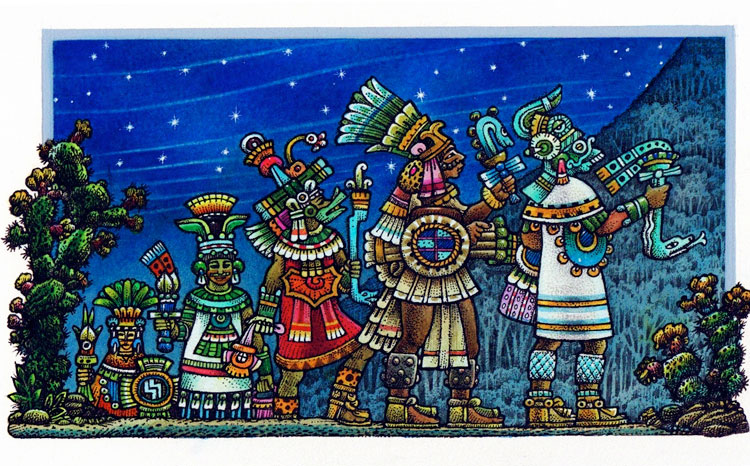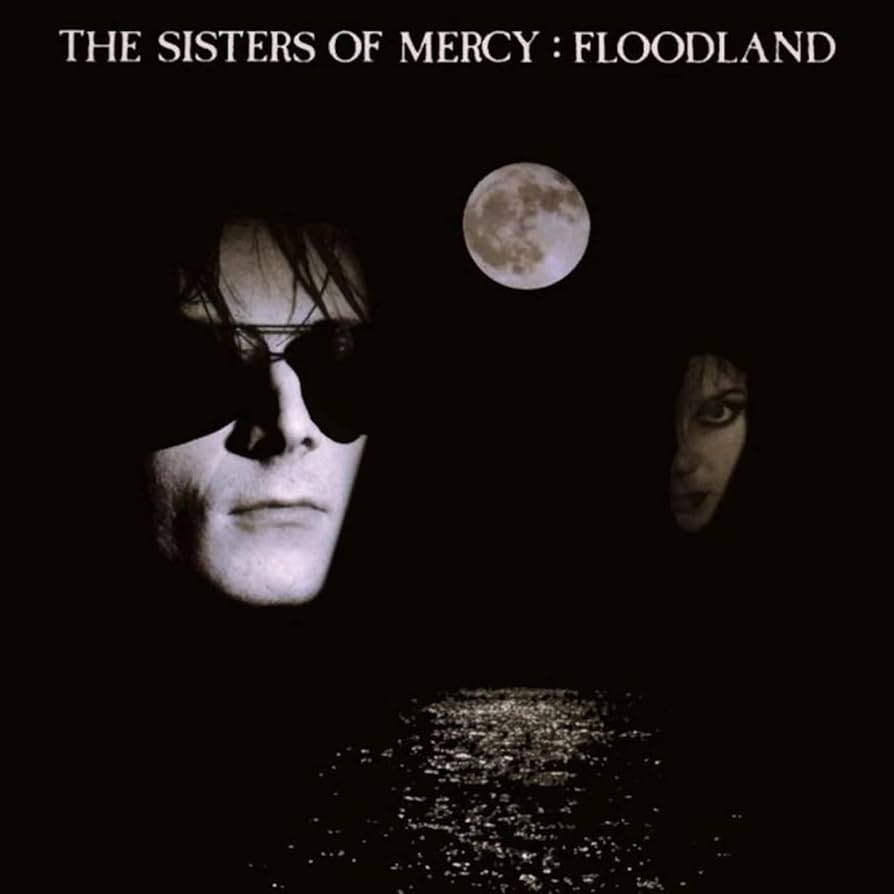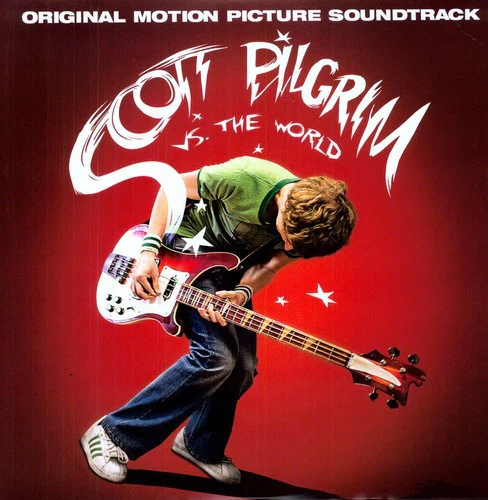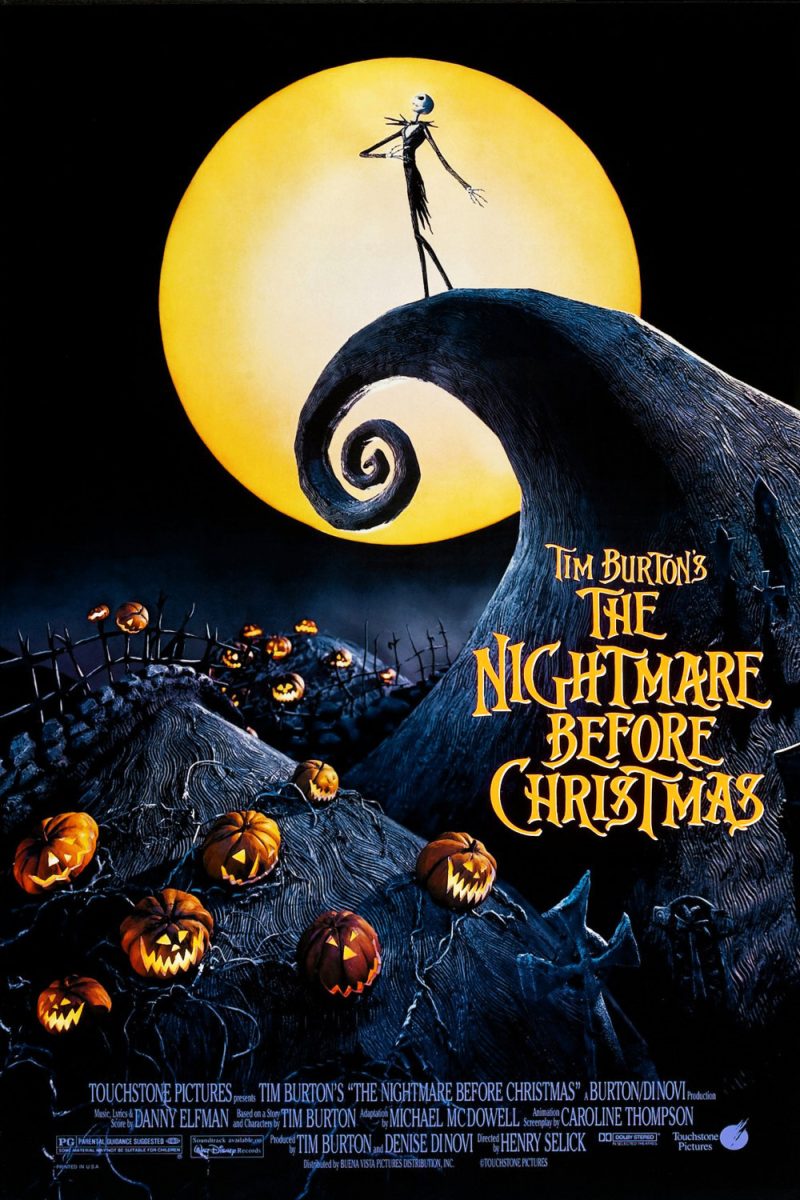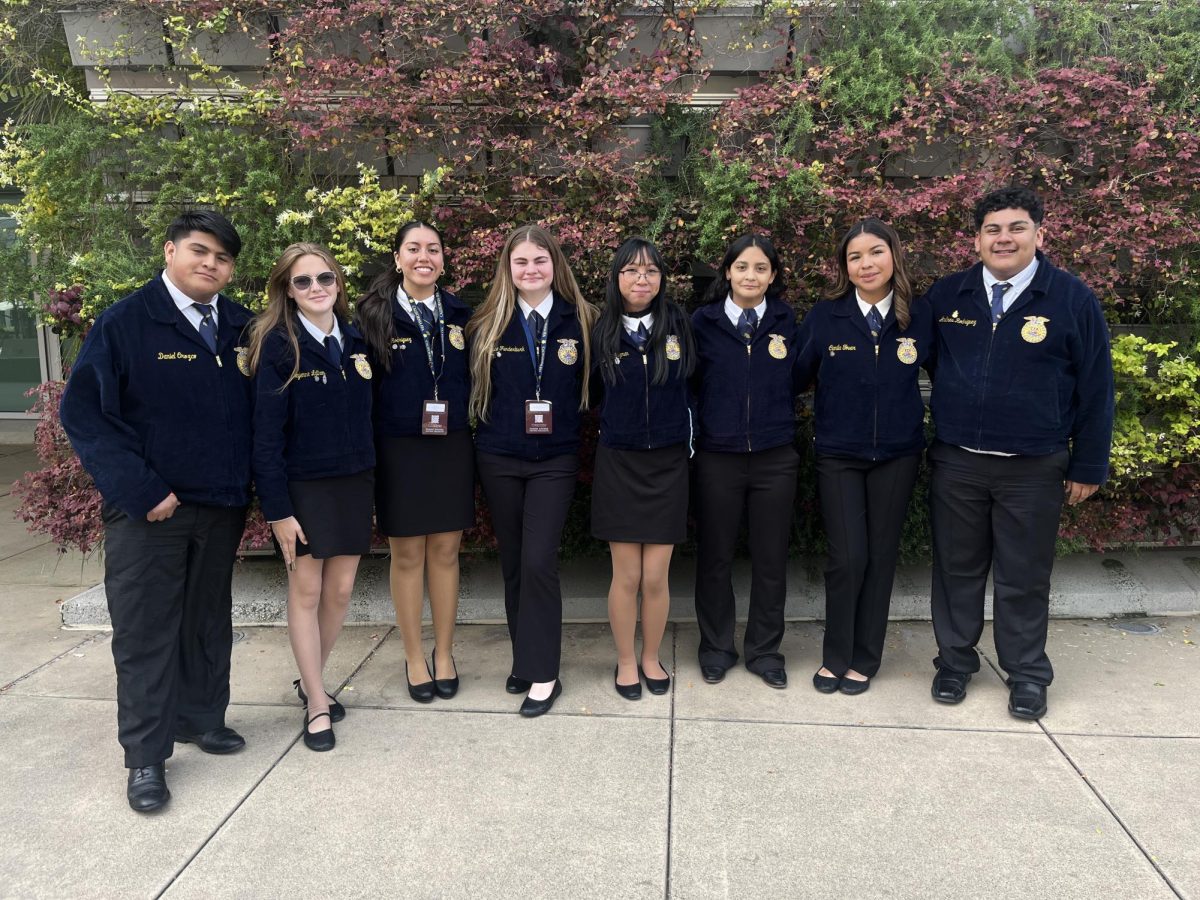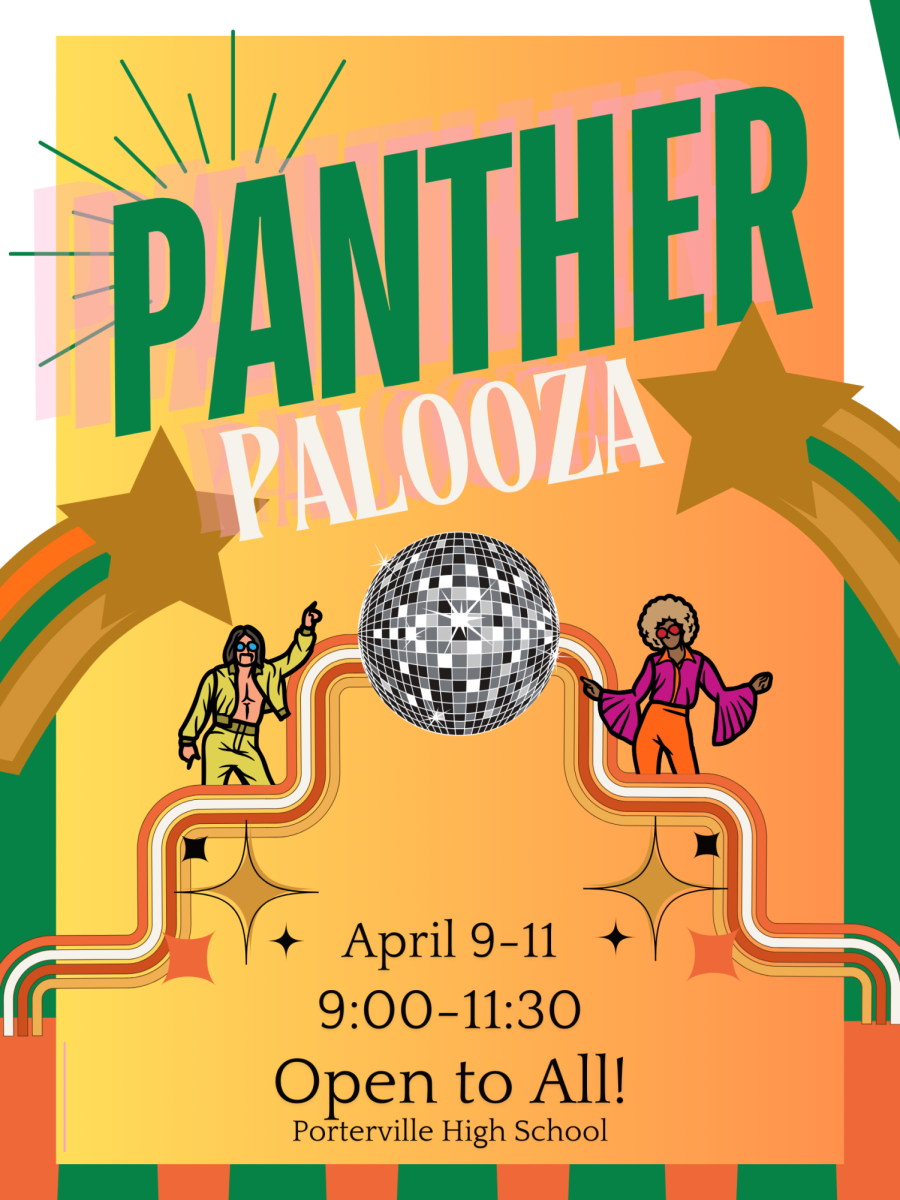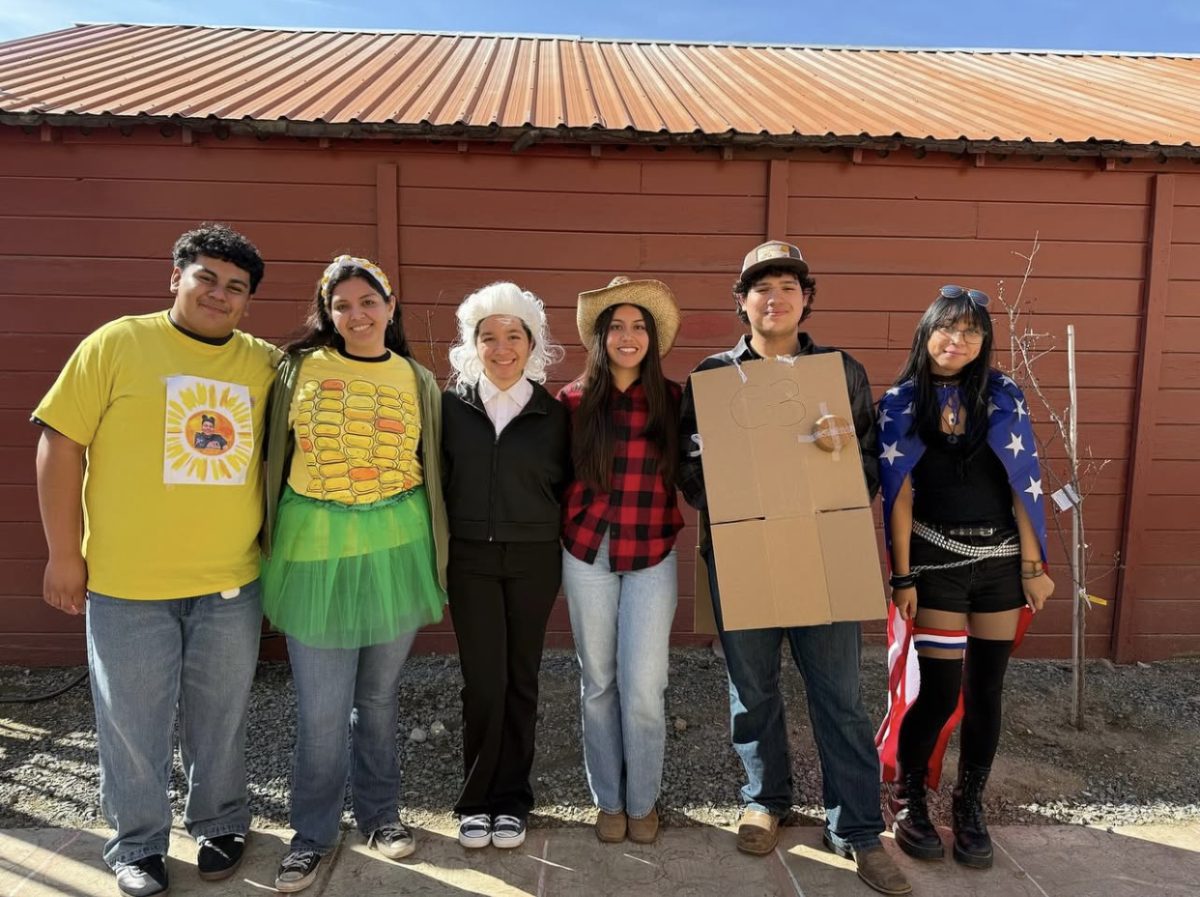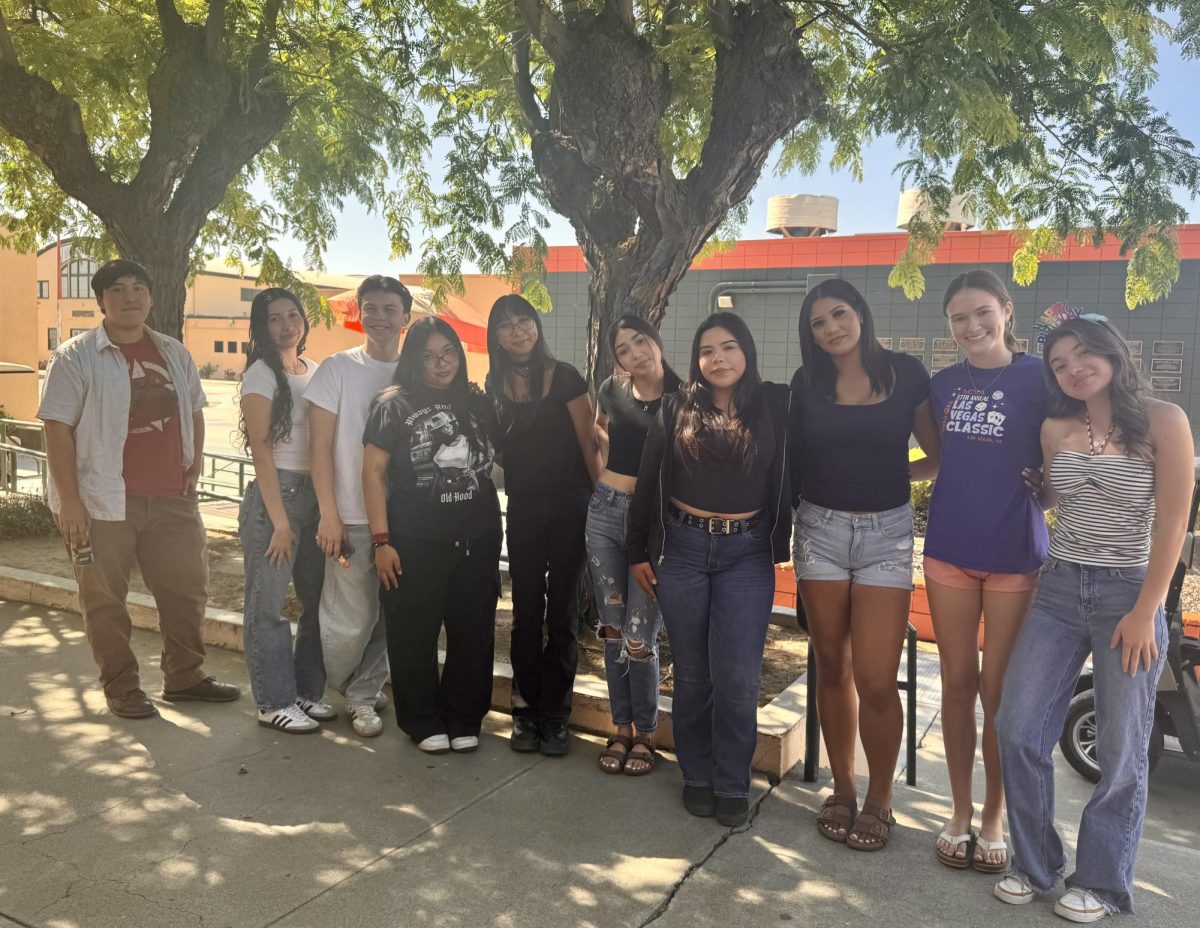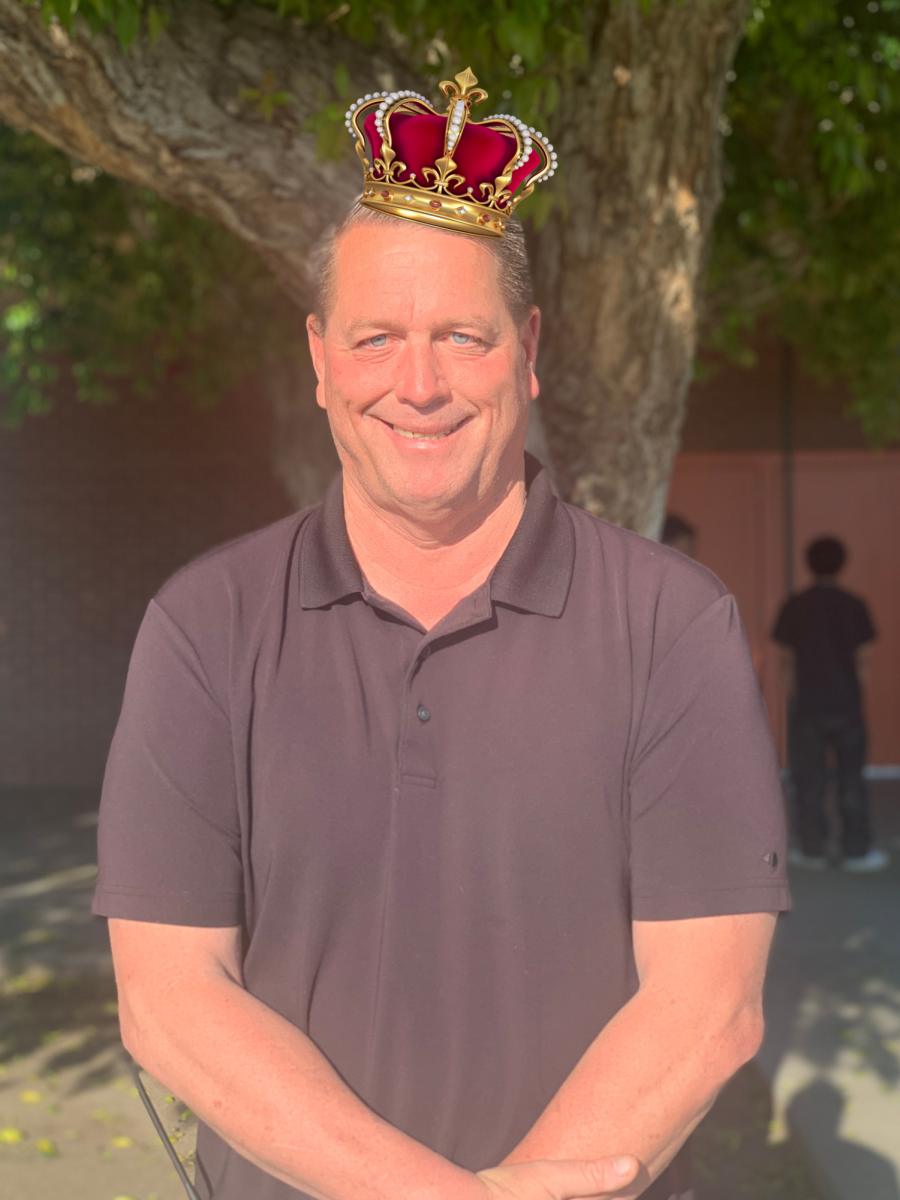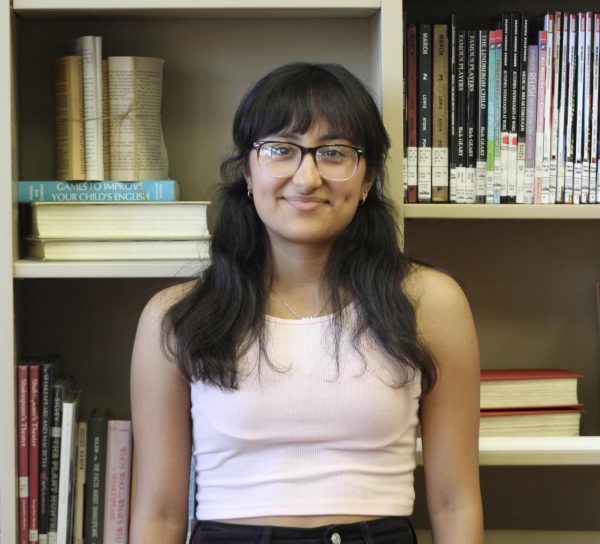What is Aztec New Year, and why is PHS celebrating it? Well, to start, this day has several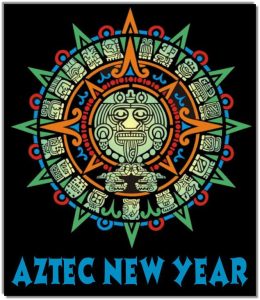 names depending on the region; for example, it is called The Mexica New Year, Año Nuevo Mexicano or Año Nuevo Azteca in Spanish and Nahuatl languages, it is inferred to be Yancuic Xīhuitl. This day is meant to represent the start of a New Year according to the Aztec Calendar; it commonly occurs at sunrise on March 12 and is generally celebrated by Nahua communities in Mexico, specifically Huauchinango, Naupan, Mexico City, Zongolica, and Xicotepec and groups of indigenous people who live in of El Salvador. Porterville High is celebrating this cultural day to help students learn more about their own culture they may be unaware of or simply help those students with different cultures learn about other traditions worldwide.
names depending on the region; for example, it is called The Mexica New Year, Año Nuevo Mexicano or Año Nuevo Azteca in Spanish and Nahuatl languages, it is inferred to be Yancuic Xīhuitl. This day is meant to represent the start of a New Year according to the Aztec Calendar; it commonly occurs at sunrise on March 12 and is generally celebrated by Nahua communities in Mexico, specifically Huauchinango, Naupan, Mexico City, Zongolica, and Xicotepec and groups of indigenous people who live in of El Salvador. Porterville High is celebrating this cultural day to help students learn more about their own culture they may be unaware of or simply help those students with different cultures learn about other traditions worldwide.
The Aztecs had a different view of time than we have nowadays. Time was more of a force that supplied energy and change to them. They believed time was often a harbinger of miracles that would bring continual creation, destruction, and regeneration. On this day, celebrations are initiated with ceremonial dance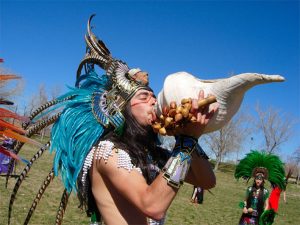 s and songs appointed to the beat made by traditional drums. It is common for dancers to be dressed in colorful customary finery and quetzal feather headgear. According to “What is MEXICA new year?” by Latinbayarea.com, “People present seeds as offerings and light ‘ocote’ pitch-pine candles that produce aromatic and highly flammable resin. Towards the end of the ceremony, people burn a flag representing the year gone by and perfume a replacement flag. Finally, they welcome the New Year by blowing into conch shells — the same way their ancestors used to centuries ago.” So remember, our traditions hold the power to help us connect to our roots and shape the future!
s and songs appointed to the beat made by traditional drums. It is common for dancers to be dressed in colorful customary finery and quetzal feather headgear. According to “What is MEXICA new year?” by Latinbayarea.com, “People present seeds as offerings and light ‘ocote’ pitch-pine candles that produce aromatic and highly flammable resin. Towards the end of the ceremony, people burn a flag representing the year gone by and perfume a replacement flag. Finally, they welcome the New Year by blowing into conch shells — the same way their ancestors used to centuries ago.” So remember, our traditions hold the power to help us connect to our roots and shape the future!
Ms. Rojas and Ms. Hamilton are two of the teachers who helped organize this wonderful event and these are some things they had to say!



